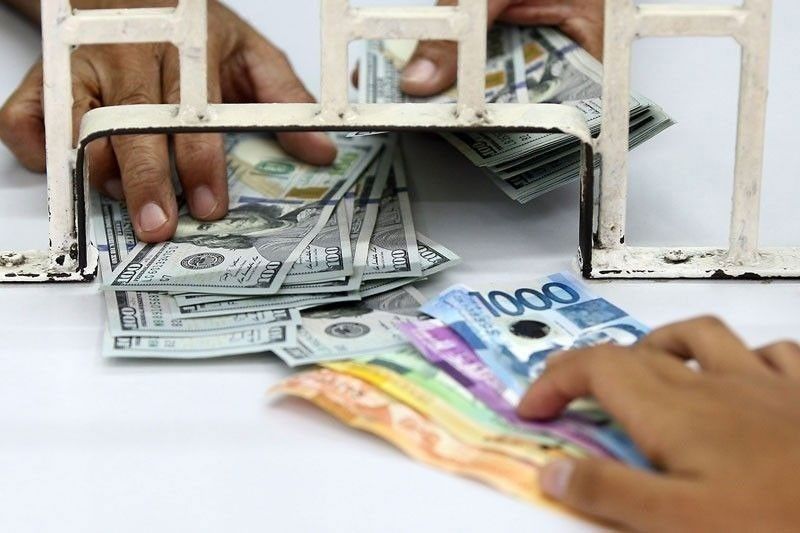Remittances in July highest in 7 months

MANILA, Philippines — The growth in the amount of money sent home by overseas Filipino workers (OFWs) to their families in the Philippines increased by a little over two percent in July, hitting its highest level in seven months.
Data released by the Bangko Sentral ng Pilipinas (BSP) showed personal remittances – the sum of net compensation of employees, personal transfers and capital transfers between households – inched up by 2.3 percent to $3.24 billion in July from $3.17 billion in the same month last year.
This was the highest in seven months or since the $3.3 billion recorded last December.
According to the central bank, the increase in personal remittances in July was just a 2.4 percent increment in remittances sent by land-based workers with work contracts of one year or more to $2.57 billion from $2.51 billion, as well as the 1.4 percent increase in remittances from sea- and land-based workers, with work contracts of less than one year, to $600 million from $590 million.
For the first seven months of the year, personal remittances went up by 2.7 percent to $20.33 billion from $19.78 billion in the same period last year.
The BSP also reported that cash remittances coursed through banks grew by 2.3 percent to $2.92 billion in July from $2.85 billion in the same month last year. This was also the biggest in seven months or since the $2.99 billion booked last December.
Cash remittances from land-based workers went up by 2.5 percent to $2.36 billion in July from $2.31 billion, while the amount sent home by sea-based workers inched up by 1.3 percent to $552 million from $545 million.
From January to July this year, cash remittances expanded by 2.8 percent to $18.26 billion from $17.77 billion in the same period last year.
Cash remittances sent home by land-based OFWs grew by 3.2 percent to $12.16 billion from $11.78 billion, while that of sea-based inched up by 1.6 percent to $3.18 billion from $3.13 billion.
In terms of country source, the central bank said the growth in cash remittances from the United States, Saudi Arabia, Singapore and Qatar largely accounted for the increase in remittances from January and July this year.
However, the growth recorded during the seven-month period is below the four percent growth target set by the BSP for this year. Last year, personal and cash remittances grew by 5.1 percent to record levels of $34.98 billion and $31.42 billion, respectively.
China Bank chief economist Domini Velasquez said OFW remittances remained soft in July as global headwinds, especially in Europe, reduced the capacity of Filipino migrants to send more money home.
Velasquez explained that high inflation rates in advanced economies, such as in the US, United Kingdom, and the European Union, possibly led to a decline in savings of Filipinos abroad.
This, she pointed out, limited the ability of OFWs to send more money to the Philippines.
However, Velasquez said that the data in July could be offset by a more favorable exchange rate due to the strengthening of the US dollar against the peso and other currencies in the region.
According to Velasquez, OFW remittances is expected to pick up in August as students move to face-to-face classes, prompting parents and relatives abroad to send more money home.
“Through the rest of the year, we expect a high inflation environment in host economies and the weakness of the peso to be the major determinants of remittances outlook,” Velasquez said.
Velasquez said it would be quite difficult to reach the BSP’s four percent growth target as showed by the growth trend from January to July this year.
“Moving forward, we expect remittances to help prop up the peso in November and December. However, aggressive monetary tightening in the US and the strength of the US dollar may lessen remittances’ support to the currency,” Velasquez said.
For his part, ING Bank senior economist Nicholas Mapa said remittances are expected to remain in expansion, but would likely moderate.
“We had expected the dollar growth of remittances to slow due to exchange rate nuances, overseas Filipinos can afford to send just a tad bit more given better exchange rates, but higher cost of living will still force them to send more,” Mapa said.
He is optimistic that the projected global recession will not affect the remittance growth trend as deployment of OFWs resume.
- Latest
- Trending




























